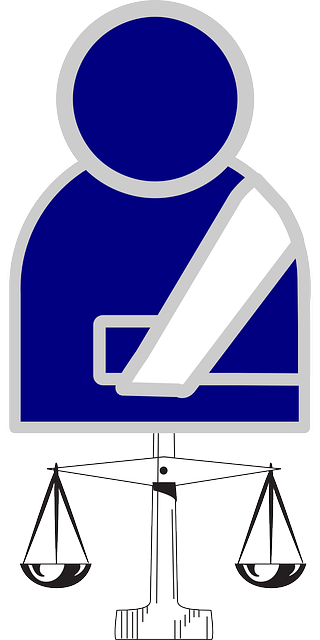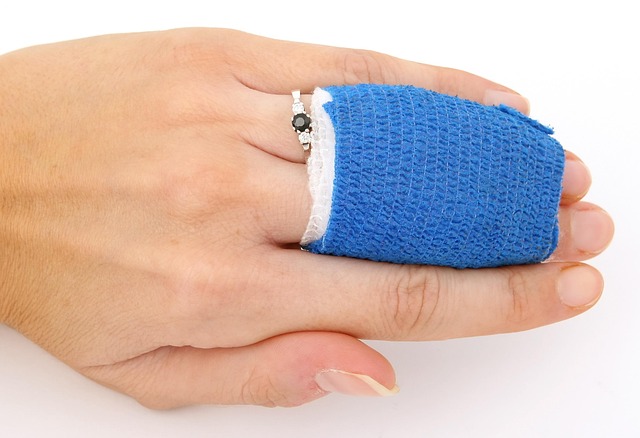In personal injury cases seeking damages for emotional distress, victims must prove psychological harm like anxiety or PTSD through medical evidence and witness testimonials. A structured approach involves gathering compelling evidence, expert opinions, and legal guidance from a qualified attorney to hold accountable those responsible for causing significant emotional suffering beyond physical injuries.
In many personal injury cases, the impact extends beyond physical injuries. Emotional distress damages play a significant role in compensating victims for their holistic well-being. This article delves into the intricate world of emotional distress claims, guiding you through the process and strategies for securing just compensation. We explore key aspects like understanding the legal basis for such damages, building a compelling case, and navigating the steps to seek relief. By the end, you’ll be equipped with insights to navigate your personal injury case effectively.
- Understanding Emotional Distress Damages in Personal Injury Cases
- Building a Strong Case for Emotional Distress Compensation
- The Process and Considerations for Seeking Emotional Distress Relief
Understanding Emotional Distress Damages in Personal Injury Cases

In personal injury cases, emotional distress damages refer to compensation for the psychological harm suffered by a victim as a result of an incident. This can include conditions like anxiety, depression, or post-traumatic stress disorder (PTSD). When evaluating such claims, courts consider the severity and duration of the emotional suffering, often requiring medical evidence to support the diagnosis and treatment. Unlike physical injuries with tangible symptoms, emotional distress damages can be subjective and difficult to quantify, making them a complex aspect of personal injury cases.
Understanding what constitutes emotional distress in a personal injury context is crucial. Incidents like slip and fall accidents or breaches of contract can lead to significant emotional trauma, which may not immediately manifest as physical injuries. For instance, a partnership dispute could result in severe stress and anxiety for those involved. While the legal process itself can be stressful, successful claims for emotional distress damages aim to recognise and compensate individuals for their psychological well-being, ensuring they receive holistic justice alongside any physical injury compensation.
Building a Strong Case for Emotional Distress Compensation

In a personal injury case seeking compensation for emotional distress, building a strong legal argument requires a strategic approach. The first step is to gather comprehensive evidence that supports the claim. This includes medical records detailing mental health treatments, counseling sessions, and any prescribed medications or therapies. Additionally, witness statements from friends, family, or professionals who can attest to the changes in the individual’s behavior or emotional state are invaluable.
Documentation of the incident and its aftermath is crucial. For instance, in cases involving elder abuse, reports from healthcare providers or care facilities can shed light on the circumstances leading to the victim’s emotional trauma. In slip and fall injuries, photographs of the hazardously unsafe environment can be powerful evidence. Furthermore, expert opinions from psychologists or psychiatrists can significantly enhance the case by providing professional insights into the extent of the emotional distress and its connection to the incident.
The Process and Considerations for Seeking Emotional Distress Relief

When pursuing a personal injury case for emotional distress damages, it’s crucial to understand that the process involves several key steps and considerations. The journey begins with gathering compelling evidence to support your claim, including medical records detailing your mental health diagnoses and treatment plans. Testimonials from friends, family, or therapists who have witnessed your struggle can also be invaluable. A personal injury attorney will play a pivotal role in this process, guiding you through the legal intricacies and ensuring your rights are protected.
They will assess your case, identify potential sources of liability, and determine if your emotional distress was caused by negligence—whether it stems from a car accident, medical malpractice, or caregiver negligence, including breaches of fiduciary duty. The attorney will then craft a strong argument, negotiate with insurance companies, and represent you in court if necessary. Remember, seeking compensation for emotional distress damages is about more than financial relief; it’s about holding accountable those responsible for causing unthinkable suffering.
In navigating a personal injury case, understanding emotional distress damages is paramount. By building a robust case that encompasses psychological harm, individuals can seek compensation for their suffering. The process involves gathering evidence, consulting experts, and presenting a compelling argument. Remember that seeking emotional distress relief is a crucial step in ensuring justice and accountability for the injuries sustained, ultimately enhancing the quality of life for those affected.






